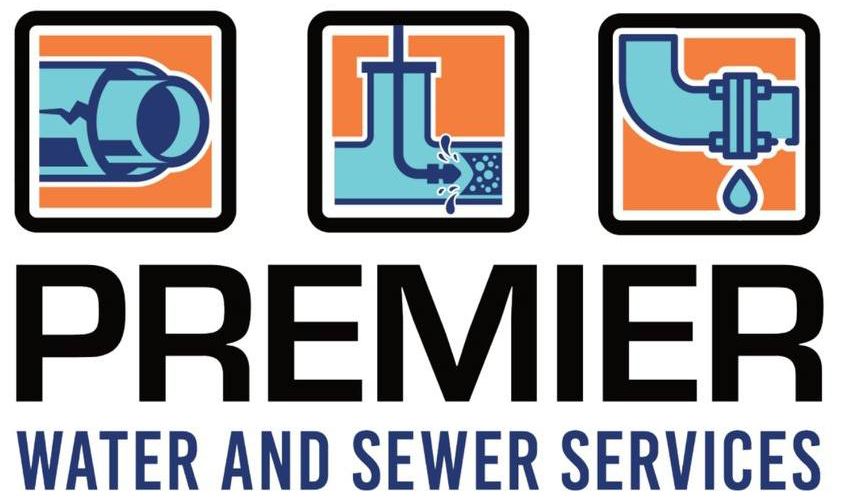FAQs
Premier Water & Sewer Service
What is hydro jetting, and why is it a more effective way to clear a sewer line clog?
Hydro jetting is a powerful cleaning method that uses high-pressure water, ranging from 1500 to 5000 PSI, to clear sewer line clogs. It's more effective than traditional cabling because it thoroughly cleans the entire pipe, removing roots and debris, rather than just creating a small opening. This comprehensive cleaning also allows for more accurate video inspection of the pipe afterward.What is water line excavation, and when is it necessary?
Water line excavation is the process of digging trenches to access and repair or replace water supply lines. It becomes necessary when there are leaks or damage to the existing water service line from the meter to the home, or when new water lines need to be installed. In some cases, water lines can be pulled under driveways or landscaping to minimize surface damage.What is trenchless pipe lining, and how does it work?
Trenchless pipe lining is a minimally invasive method for repairing or rehabilitating existing pipes without extensive excavation. The process involves inserting a flexible liner coated with epoxy resin into the damaged pipe. This liner then hardens, creating a new, durable pipe within the existing one.When is trenchless pipe lining a suitable option for repairing pipes?
Trenchless pipe lining is suitable for pipes with cracks, leaks, or corrosion, provided their overall structural integrity remains intact. It's particularly beneficial in situations where excavation would be difficult, costly, or potentially damaging to above-ground structures and landscaping.What are the advantages of trenchless pipe lining compared to traditional excavation methods?
Trenchless pipe lining offers numerous benefits over traditional excavation methods. These include minimal disruption to landscapes and structures, reduced time and labor requirements, cost savings, preservation of landscaping, and the ability to perform repairs without breaking through concrete floors or disturbing existing structures.How long does the trenchless pipe lining process typically take?
The duration of trenchless pipe lining varies depending on factors such as pipe access, length, and condition. However, it's generally faster than traditional excavation methods, with most projects completed within a single day.Is trenchless pipe lining suitable for all types of pipes and pipe materials?
Trenchless pipe lining is compatible with various pipe types, including cast iron, clay, PVC, and certain sizes of sewer and drain lines. However, it's essential to consult with a professional plumber specializing in trenchless pipe lining to determine its suitability for your specific situation.Will trenchless pipe lining provide a long-term solution for my pipe problems?
Trenchless pipe lining offers a durable, long-term solution for pipe problems. The epoxy resin liner creates a new pipe within the existing one, effectively sealing cracks and preventing further damage. When properly installed and maintained, a lined pipe can remain functional for several decades.Are there any risks or limitations associated with trenchless pipe lining?
While trenchless pipe lining is generally safe and effective, it may not be suitable for severely collapsed or extensively damaged pipes. In such cases, traditional excavation methods might be necessary. An experienced plumber specializing in trenchless pipe lining can assess the situation and recommend the most appropriate solution.Are there any warranties or guarantees associated with trenchless pipe lining?
Many reputable plumbing companies offer warranties or guarantees on their trenchless pipe lining work. It's advisable to discuss this with your plumber before the project begins to understand the specific terms and coverage provided for the service.
